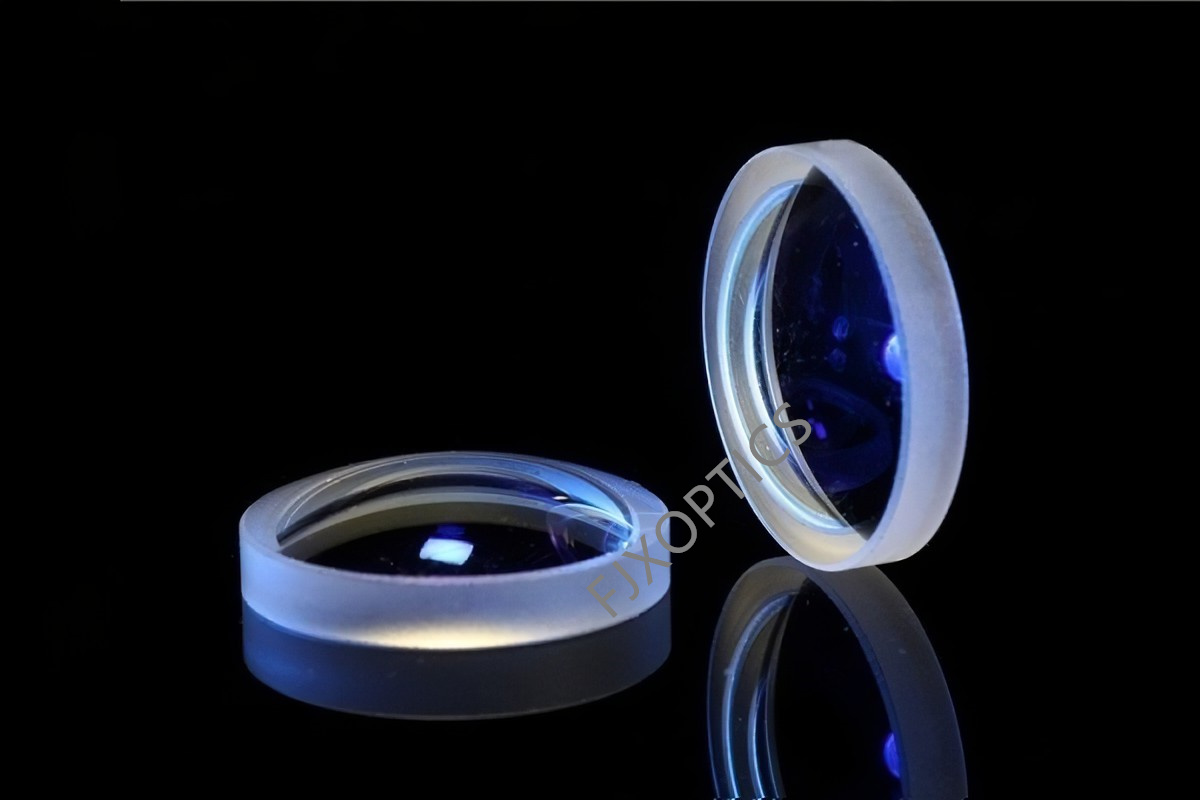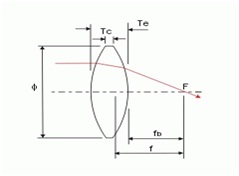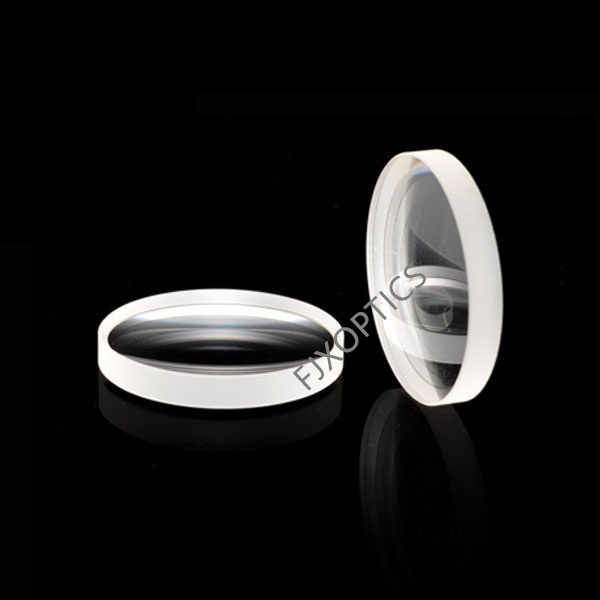Double-Convex (DCX) Lenses
Double Convex Lenses, Bi-convex Lenses have two outward curved surfaces, a positive focal length and are useful for 1:1 imaging and in multi-element systems.These lenses are designed to have a focal length of f= (R1*R2)/((n-1)*(R2-R1))
●Product Origin: China
●Shipping Port: Fuzhou China
●Lead Time: 4 working weeks
●Payment: T/T Payment, Western Union

+86-0591-83275656
Product description


1.What is Bi-convex Lens?
Double Convex Lenses are used in image relay applications, or for imaging objects at close conjugates. Double Convex Lenses have
positive focal lengths, along with two convex surfaces with equal radii. Aberrations will increase as the conjugate ratios increase.
DCV Lenses are used in a range of industries or applications.
2.What is the difference between convex lens and double convex lens?
One or both of the lens faces is part of a sphere and can be concave or convex. A lens is called a convex lens if it is thicker at the center
than at the edges. ... Double convex lenses have focal points on both sides of the lens; these and the points at twice the focal length are
used to locate objects and images.
3.What does a double convex lens do?
The fact that a double convex lens is thicker across its middle is an indicator that it will converge rays of light that travel parallel to its
principal axis. A double convex lens is a converging lens. A double concave lens is also symmetrical across both its horizontal and
vertical axis.
Specification
Material:Optical glass, BK7, Fused Silica, CaF2,Germanium etc.
Bevel:<0.25mm X 45°
Standard | High Precision | |
Diameter Tolerance | +0/-0.1mm | +0/-0.05mm |
Focal Tolerance | ±0.1 | ±0.02 |
Surface Quality | 60-40 | 20-10 |
Clear Aperture | >85% | >95% |
Surface Flatness | N=5, △N=0.5 | N=3 △N=0.3 |
Centration | 3 min | 30 arcset |
Coating: | Single layer MgF2; Multiple layers BBAR coating. | |
Designed for 0° Angle of Incidence





